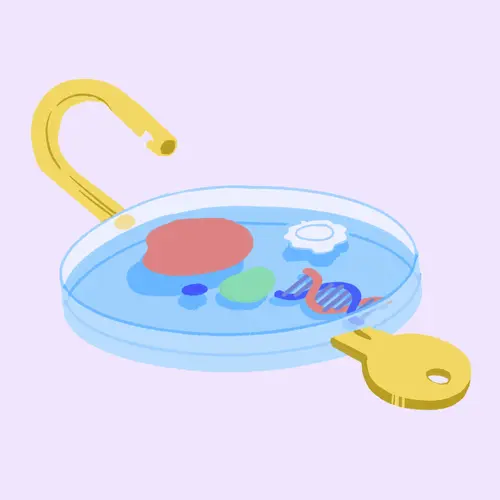Use this list to check food labels for cow's milk or milk products. Also, ask your doctor if sheep and goat's milk are safe. For most people with a milk allergy, the answer is no -- the proteins in sheep and goat’s milk are similar to those in cow’s milk and also cause a reaction.
Don't get lactose intolerance confused with a milk allergy. They're not the same thing. Lactose intolerance is when you can't digest lactose, the sugar found in dairy products. You'll often get symptoms like stomach pain, gas, and diarrhea. With a milk allergy, the symptoms affect more than just your digestive tract. A milk allergy is when your immune system thinks dairy is a foreign invader and attacks it by releasing chemicals called histamines. Symptoms can range from wheezing problems to vomiting and diarrhea.
Dairy Products to Avoid
- Butter and butter fat
- Cheese, including cottage cheese and cheese sauces
- Cream, including sour cream
- Custard
- Milk, including buttermilk, powdered milk, and evaporated milk
- Yogurt
- Ice cream
- Pudding
Foods With Milk in Them
These foods often contain cow's milk protein. Check their labels before buying. If you're eating out, ask if milk was used to make them.
- Au gratin dishes and white sauces
- Baked goods -- bread, cookies, crackers, cakes
- Battered and fried foods
- Cake mix
- Cereals
- Chewing gum
- Chocolate and cream candy
- Coffee creamers
- Creamed or scalloped foods
- Donuts
- Granola bars
- Gravies
- Indian food, in which ghee (a form of butter) is very common
- Malted milk
- Margarine
- Mashed potatoes
- Meats -- canned and processed, including cold cuts and deli meats
- Nougat, found in some candy
- Salad dressings
- Sherbet
Ingredients With Milk
If you see these listed on a label, the food has milk proteins in it:
- Artificial butter or cheese flavor
- Casein or caseinates
- Diacetyl
- Curd
- Ghee
- Hydrolysates
- Lactalbumin, lactalbumin phosphate
- Lactose, lactoglobulin, lactoferrin, lactulose
- Protein powders
- Recaldent
- Rennet
- Tagatose
- Whey or whey products
These lists may not be complete. Look up any ingredient that you are not familiar with.
Tips for Living Well With a Milk Allergy
- Find other ways to get vitamins and minerals. Dairy products are an important source of calcium, protein, and vitamins D and B12. If you or your child has a milk allergy, foods such as broccoli, spinach, and soy products can help fill the void. A registered dietitian can help you develop a well-balanced eating plan.
- Try dairy substitutes. Drink soy, rice, oat, and almond milks that are fortified with calcium and vitamin D. Look for non-dairy ice cream, chocolate, cheese, and yogurt. Use margarines made with vegetable oil instead of butter. A tablespoon of vinegar in a cup of rice milk or soy milk works as a buttermilk substitute.
- Be careful with kosher products. Some may contain milk protein, even those labeled "pareve," which are considered milk-free under kosher guidelines.
- Stay away from foods without labels, like from salad bars, deli counters, and bakeries. They're more likely to accidentally have your allergy triggers in them.
- Always read labels, even on things that you buy every week. Food companies change ingredients all the time. Just because something has been safe for you in the past doesn't mean it always will be.
- Ask your pediatrician about safe formula. If you have a baby with a milk allergy, the doctor may suggest an extensively hydrolyzed, casein-based formula.
- Avoid milk outside the kitchen. Check labels on cosmetics, creams, and ointments to see if they contain cow’s milk in any form. Some medicines also contain whey, which is made from milk.

